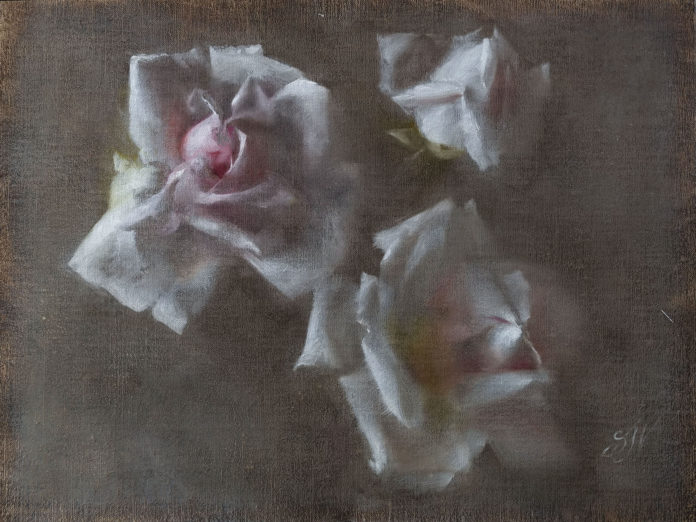As the director of a classical realism art program, Sadie Valeri says she sometimes sees students forgetting to simply enjoy the process. Here’s her advice for when you get frustrated along the path.
Cultivating Joy While Studying Classical Realism
BY SADIE VALERI
sadievaleriatelier.com
As the director of a classical realism art program, sometimes I find my students are working so hard and so doggedly that they forget to enjoy what they are doing. But there is no learning without enjoyment!
Realistic drawing and painting, especially classical realism, is very precise and analytical, so often it attracts those of us who tend to be:
A. Very analytical, thinking people; and
B. People who push themselves very hard.
Both of those are useful skills, but the opposite skills, of sensing and feeling, can sometimes get neglected if we are too stuck in “analytical high-drive” mode.
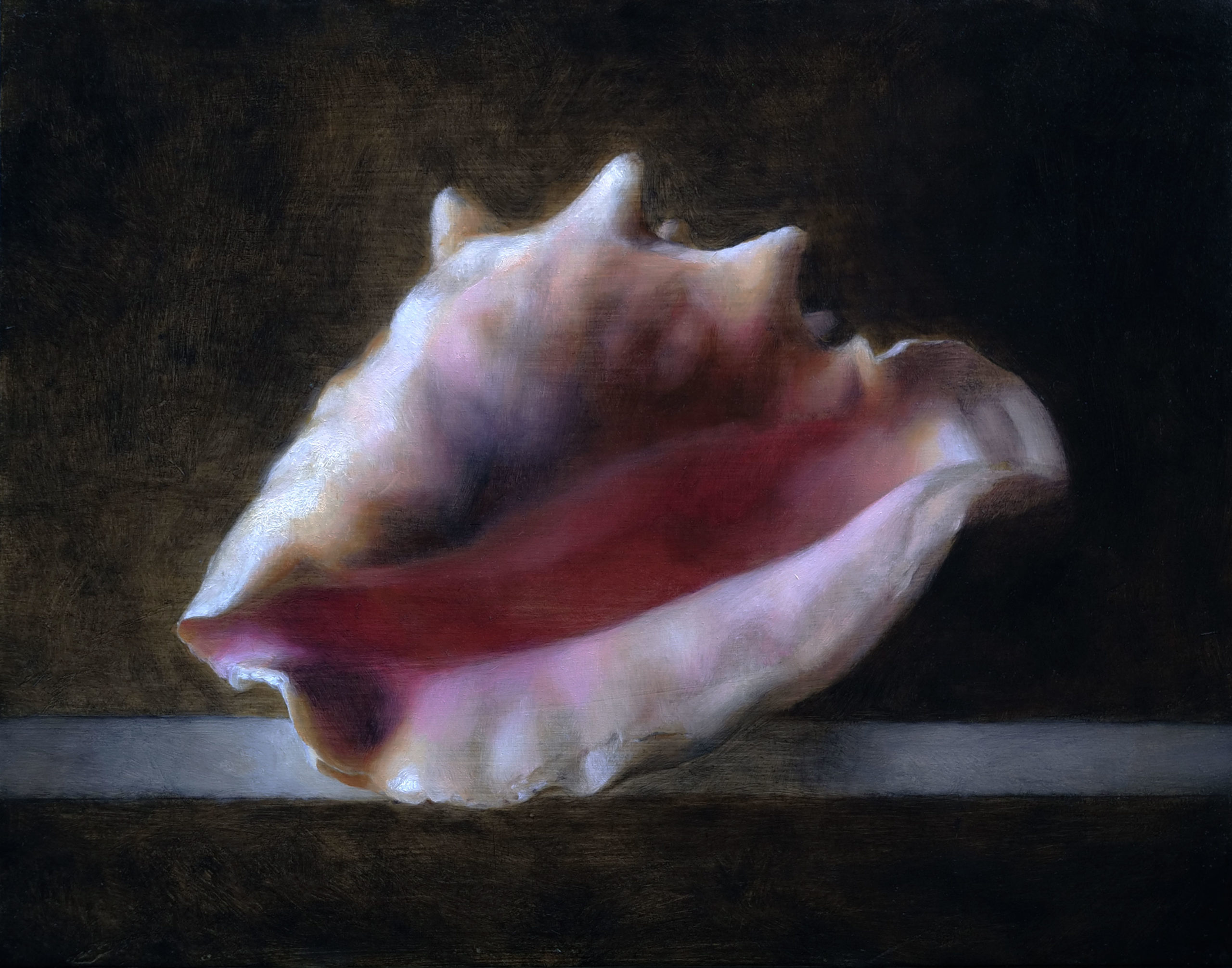
Sometimes we artists need a reminder to change gears and shift our mindset out of thinking and into feeling more. We need to tap into our intuition to find out what our artwork needs. Recently I wrote up this process for one of my online atelier students, which I’ll share here. This student was working on a drawing, but the same exercise can be applied to painting, or any art form:
Going From Thinking to Feeling
Put your drawing-in progress aside and out of view. Get a piece of paper or a journal, and a pen or writing pencil, and put them nearby so you can grab them easily.
Then, just sit or stand in front of your subject (same position as you were when you were drawing it), with your hands in your lap or hanging at your sides. Get comfortable, and just close your eyes and take a few breaths.
When you feel your breath and your heartbeat slow down a little bit, open your eyes and just look at your subject. Allow your eyes to travel over every now-familiar surface that you have drawn. Enjoy what you see.
Notice the attraction and the beauty you feel. Allow the feeling of attraction to grow and fill your chest. See if you can allow the feeling you have for your subject to fill up your lungs and your heart and your mind, and just absorb how wonderful that feels. There is real beauty there.
Notice what it is about the subject that you have a particular attraction to. What part of your subject feels like you? What is your artistic eye drawn to?
Take a few minutes to write down a few notes about how it feels, something that will help you record and remember that feeling. It can sound sentimental or flowery, or clumsy, or whatever. Don’t worry about how it sounds, you don’t have to share this writing with anyone, it’s just for you.
When you are ready, put your drawing up again where you can see it, in good light. Gaze at your drawing the same way you gazed at your subject, and just ask yourself this question: “Does my drawing communicate that same feeling I got when I looked at my subject?”
Is there any part of your artwork that does not match your feeling for the subject? Is there any part of your drawing that feels out of tune? Do any ideas spring to mind, any small adjustments that will move your drawing closer to the feeling you feel? Make some written notes before you start working again, so you can refer to them throughout the process of completing your drawing.
***
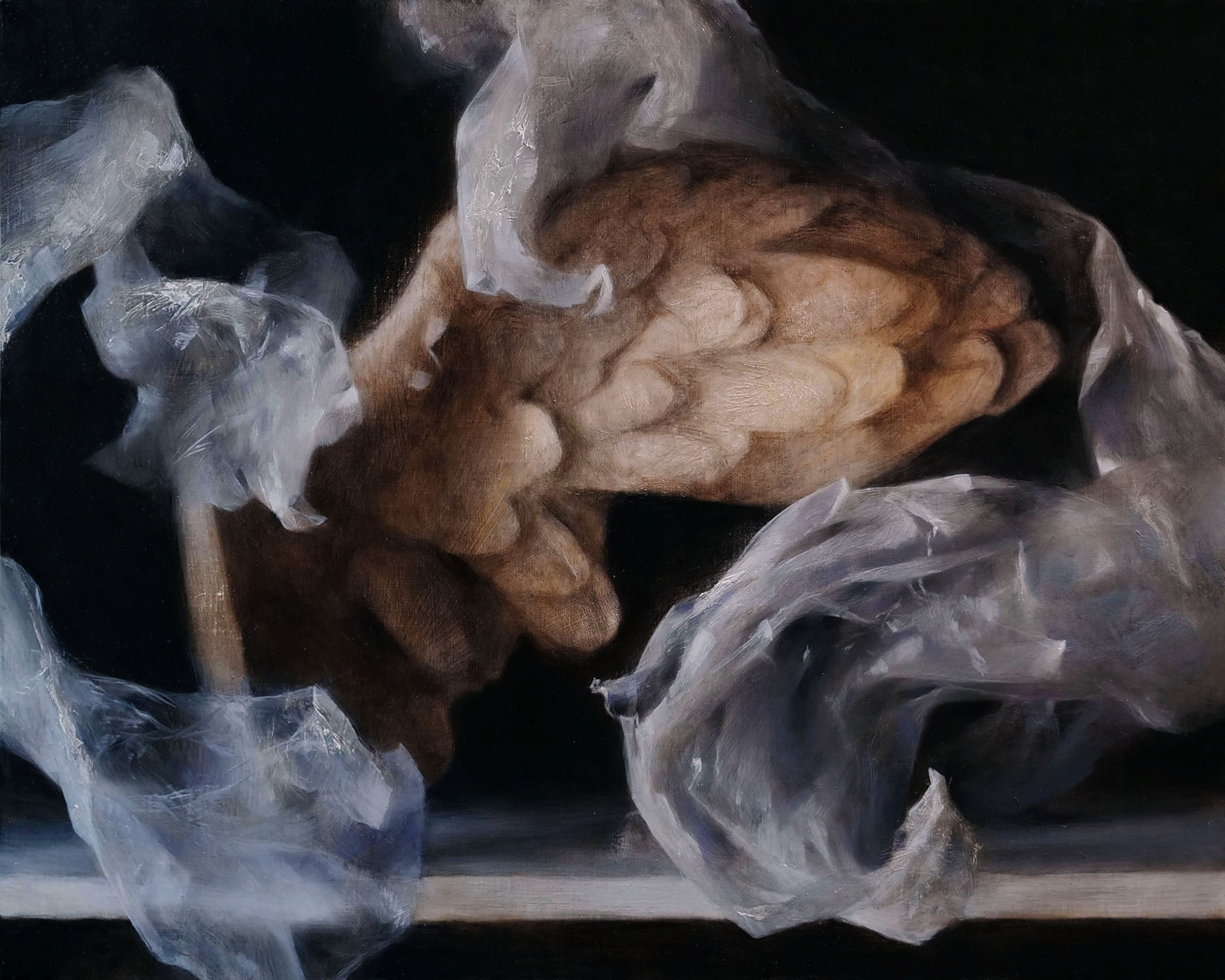
The process of artmaking should feel joyful. Of course there will be ups and downs, there will be periods when we question our own abilities, and there will be times when we don’t like what we have made. Those are difficult feelings, but they are just a phase to be experienced, acknowledged, and moved through. The overarching experience is joyful. It’s the enjoyment of artmaking that brings us back, over and over, even when we sometimes consider quitting.
Sometimes students think feeling unhappy and frustrated is an acceptable state for learning. In fact, if you are always frustrated and unhappy, it’s unlikely you are learning anything at all.
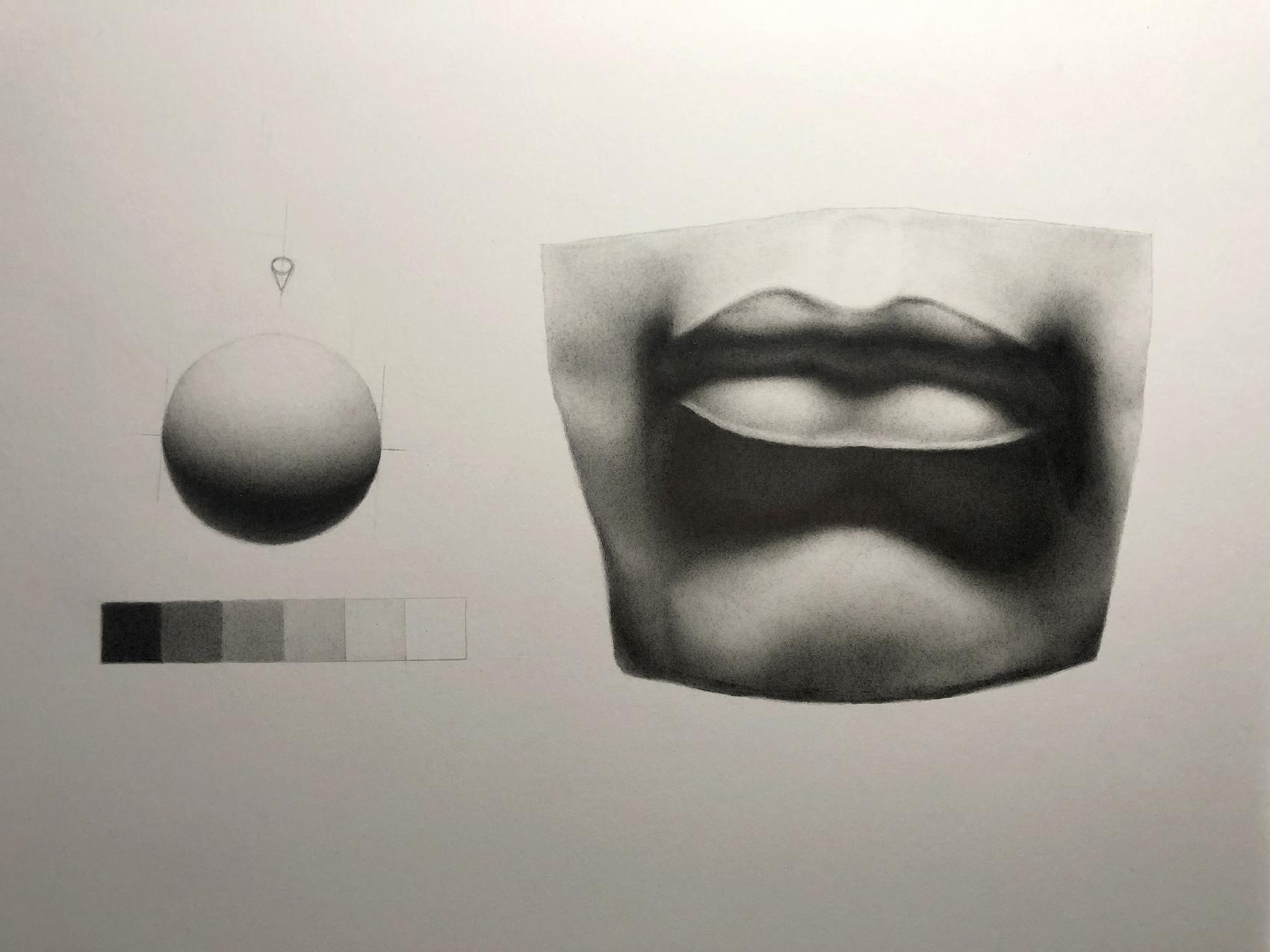
If you are studying in a formal art program just because you want to force yourself through an uncomfortable gauntlet in order to achieve a certain skill level, the process will likely feel intolerable. You will likely exhaust yourself, and possibly quit in frustration. Or at best, find you have completed the program but have no ideas for your personal work afterwards, because you forgot to cultivate enjoyment along the way.
A better way to approach your studies is to find joy in what you can create right now, at your current skill level. Make something you love making! Art is not something you force yourself to study so you can someday make something you are proud of. Art is about making things that you love right now.
As artists we are always on a lifelong journey of constantly studying and learning and challenging ourselves while simultaneously making artwork that brings us joy. A few years of formal training is just one part of an artist’s lifelong path of study and development. There is no “training period” that “finishes.” There is no point when you “graduate” from being a student to a point where you can suddenly make the paintings you want to make.
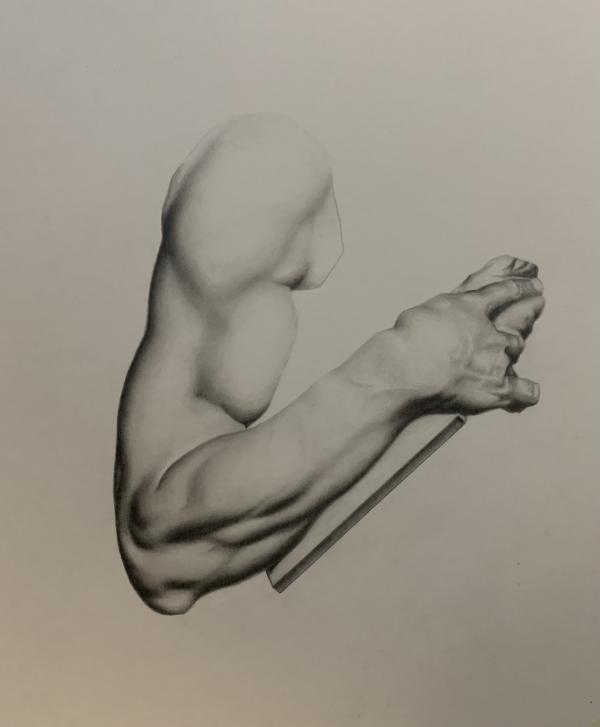
The more you learn, the more your vision for the paintings you want to make evolves. The paintings we want to make are always on the horizon, always just out of reach. No matter how much skill we develop, our vision for what we would like to achieve advances too, it’s always just beyond our fingertips. So find joy in what you can do right now, and find inspiration in pursuing the horizon.
Sadie Valeri teaches her online atelier program at www.sadievaleriatelier.com. The entire program, from Bargue plates and cast drawing through three historic methods of oil painting is presented through expertly-produced videos, printable handouts, and detailed written instructions. Students can upload their artwork to our private forums for twice-weekly feedback from Sadie and her atelier instructors for personal critique and community support.
Visit EricRhoads.com (Publisher of Realism Today) to learn about opportunities for artists and art collectors, including: Art Retreats – International Art Trips – Art Conventions – Art Workshops (in person and online) – And More!


